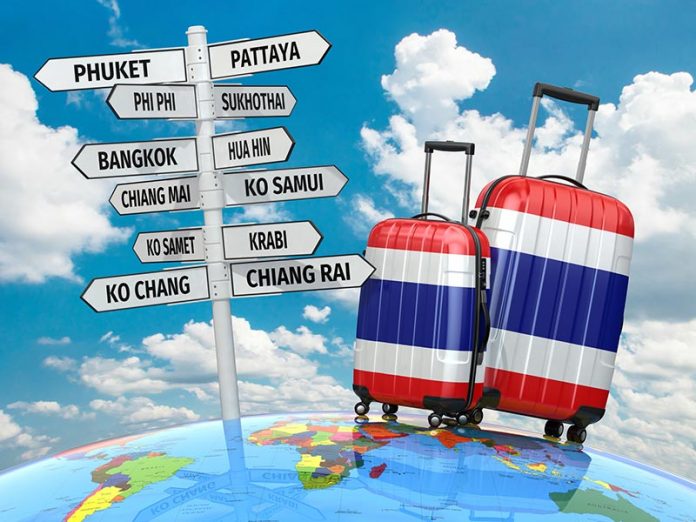In what is almost certainly a logical strategic move within the key tourism industry, moves are under way to encourage a minimum increase in tourism revenue of five percent annually, rather than simply tout ever-increasing numbers.
The Bank of Thailand has forecast 34.9 million tourist arrivals for 2017, which will represent an increase of around seven percent over 2016. The expectation is that in 2018 tourist numbers will expand even further, to an estimated 37.3 million. The numbers alone will mean Southeast Asia’s second-largest economy will expand by 3.5 percent this year and 3.7 percent in 2018.
All good numbers of course, but those tasked with managing the tourism sector know that Thailand needs to also become a quality tourism destination. They know that rising wages and an appreciating baht will quickly erode the ‘cheapest destination’ tag. While Bangkok and Thailand in general are still viewed as being relatively inexpensive places to visit, this will change over time, and the country needs to be prepared for this.
The government has stressed that quality tourism is not simply about attracting people with plenty of money to spend. It’s about catering properly for a variety of budgets with the aim of making Thailand a destination to which visitors will return, hopefully more than once.
According to the Ministry of Tourism and Sports, figures based on total foreign tourism receipts of 1.6 trillion baht in 2016 showed that China accounted for a massive 28 percent, more than any other single country. Receipts from the rest of Asia totaled 30 percent while Europe contributed 27 percent and six percent came from the Americas.
While China is now the single most important country for tourism receipts, with 8.8 million arrivals, it is visitors from the Middle East who are the biggest per capita spenders.
Visitors from the United Arab Emirates (UAE) and Saudi Arabia spend around 7,000 baht per day while those from Kuwait spend around 6,800 baht per day, according to figures produced by the Tourism Ministry for the 2016 calendar year.
Visitors from Hong Kong spend a touch over 6,000 baht per day while those from Singapore spend a similar amount, as do those from China and, perhaps surprisingly, Egypt.
As far as countries where English is the dominant language, it’s Australians who spend the most per capita, parting with an average 5,831 baht each. Australians also stay an average of 14 days, which is the longest of any of the top 10 nationalities included in the biggest spending list.
Tourism accounts for around 18 percent of GDP but the government is well aware of the pressures presented by the rise of Myanmar and, especially, Vietnam as Southeast Asian visitor destinations.
In 2013, Thailand briefly overtook Malaysia as Southeast Asia’s top tourism destination, dropped back into second place in 2014 but has since surged clear.
Nonetheless, Malaysia, as well as Singapore and Indonesia have continued to show steady tourism growth numbers and even the Thai government recognises that the country cannot just keep growing numbers per se, as the tourism infrastructure will be unable to cope. Hence the swing away from sheer numbers to a more selective attempt to attract ‘quality’ tourists. Only time will tell if they will be successful.











